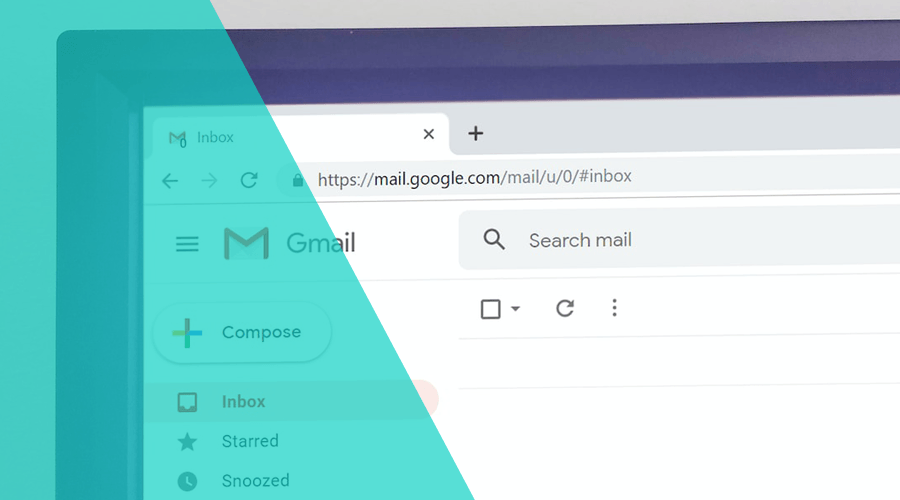Email is still as important today as it was before push or even SMS. For decades, email is being used as the preferred channel for marketers to reach and build meaningful relationships with their customers.
Despite all the significant changes in the email marketing landscape in recent years, email remains a powerful cross-platform marketing channel. Nevertheless, even if you've been using email marketing for some time, or you're just starting, understanding what metrics you should care about is as important as crafting stellar email content.
Below, you find the most important email metrics brands should be paying attention:
1. Open Rate
This used to be a pretty important email marketing metric. The percentage of users that opened your email was a great indicator of how compelling your email campaigns were.

However, since Apple's introduced the Mail Privacy Protection in iOS 15 and macOS Monterey, it became a very unreliable metric. Because MPP scrambles the way email messages are opened, the usefulness of this metric diminished significantly.
In fact, many marketing teams now look at the number of users that do not open a message as an important indicator of the comparative reach of their email campaigns. This negative KPI becomes more important as it is increasingly more difficult to take open email stats seriously.
2. Click-Through Rate
Due to the decline of the importance of the Open Rate, email marketing teams have started to focus on the percentage of clicks in emails as a more reliable indicator for engagement.
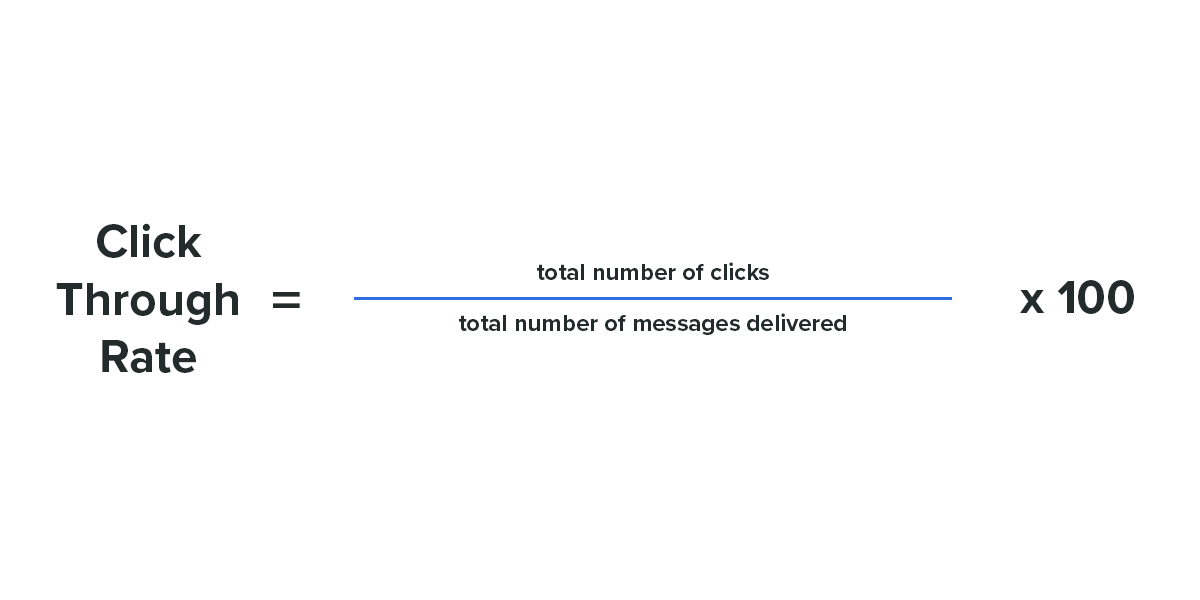
Because this metric remains unaffected by recent changes, like MPP, it can be treated as a measure of interaction. However, you should carefully analyse the performance of your campaigns when leveraging this metric. After all, a newsletter with several CTAs will probably have a higher CTR than transactional emails. And you don't want to stop email campaigns just because they were not designed to drive clicks.
3. Bounce Rate
Although Open Rate and Click-Through Rate remain the most used metrics to assess the performance of your email campaigns, measuring the percentage of messages that do not make it to the intended recipients is something brands need to keep under control. This metric is usually divided into 2 different types, hard and soft bounces.

Hard bounces are the result of undelivered messages due to invalid or non-existing email addresses. Higher amounts of hard bounces are an indicator that brands suffer from email contact hygiene issues. With Notificare this kind of bounces automatically trigger an email contact deactivation, and will effectively help you keep a healthy list of email contacts.
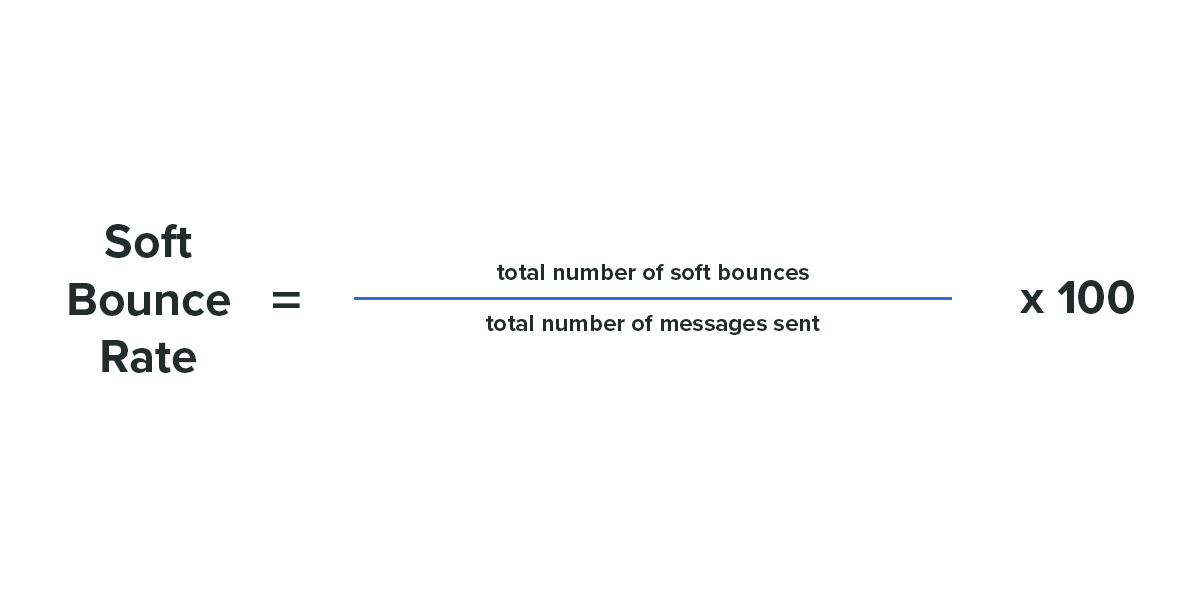
On the other hand, soft bounces are the result of email contacts that could not be reach due to temporary issues, like a full inbox or email server outages. Although they are not so concerning as hard bounces, it should still provide useful insights, helping brands predict their effect on email campaigns.
4. Complaint Rate
Unlike other channels, email, if done right, should provide ways for users to indicate they no longer want to receive messages. Furthermore, email clients allow users to flag messages as SPAM, which creates an email complaint.
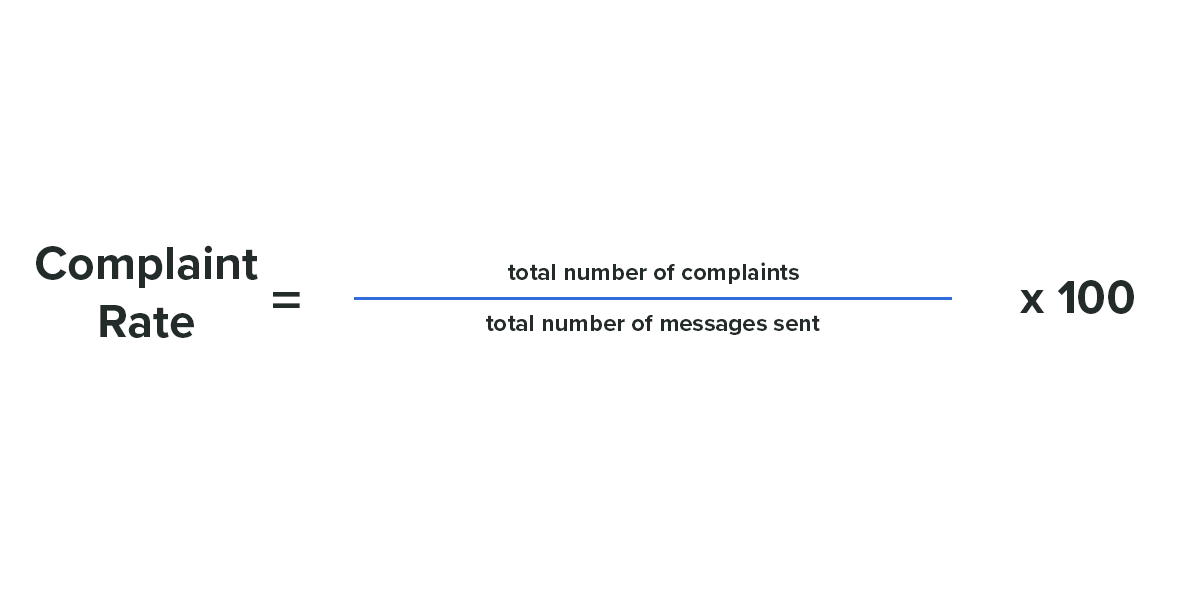
With Notificare, these complaints will automatically trigger an email contact to be deactivated, excluding users from any further email campaigns. This effectively prevents potential damage to a brand's overall email reputation. However, it is always a good idea to keep an eye out for this metric as an indicator about potential risks to the long-term health of your email strategy.
5. Conversion Rate
Finally, most marketing teams define goals they intend to achieve with every email campaign. Maybe they are trying to increase website traffic, drive users to complete a survey or make a purchase. Whatever a brand's email campaign goal is, measuring the performance of such conversions is key to understand how successfully email messages really are.
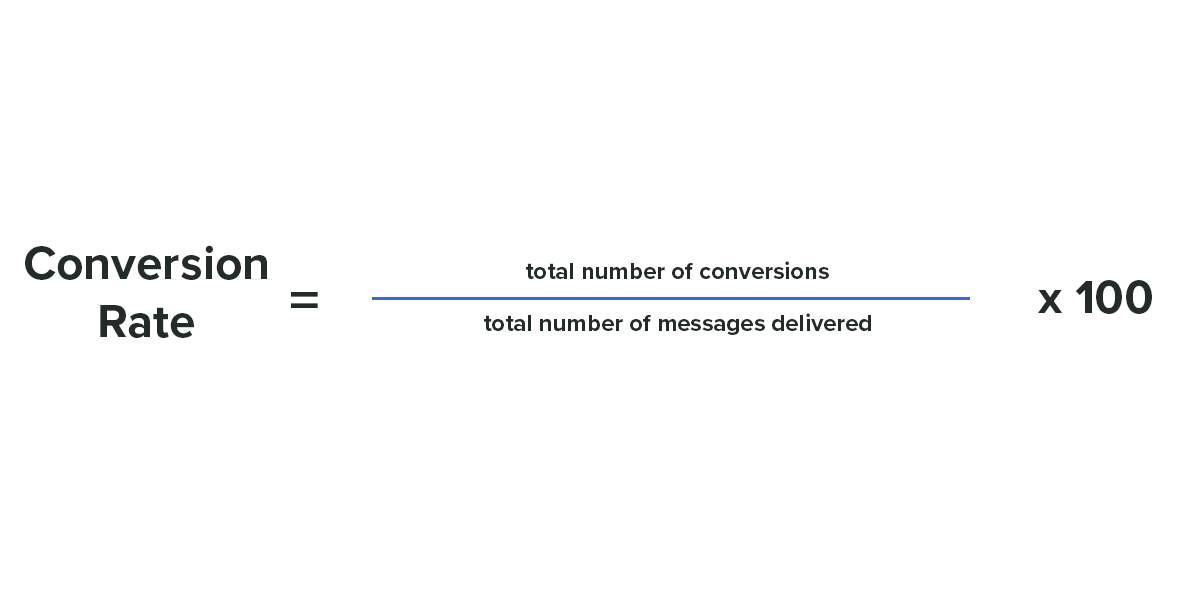
Although Notificare can help you track those conversions too (if implemented in your website or mobile app), in some cases this is something you will tackle using other analytics solutions.
Conclusion
To take email campaigns to a whole different level, it's imperative to understand its strengths and weaknesses. Tracking and analysing these key metrics will help brands get a clear picture about the performance of their email campaigns while providing more valuable interactions for their customers.
As always, if you have any questions, we are available via our Support Channel.


